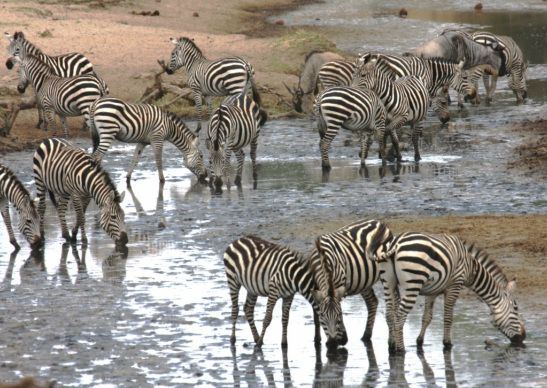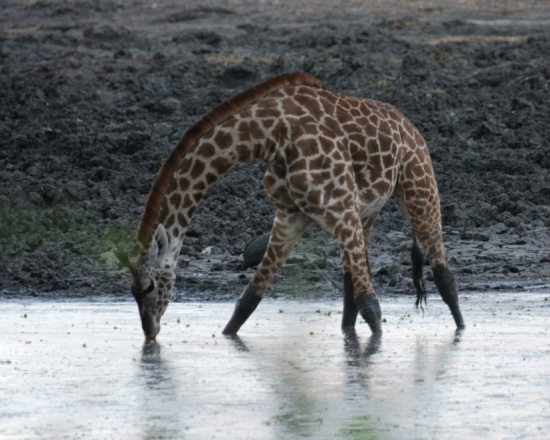|
We just finished our latest round of surveys for giraffes and other ungulates in the Tarangire-Manyara Ecosystem. Our September-October survey is timed to coincide with the end of the dry season, which spans roughly from June until the end of October. Below are photos of the various parts of our study area - how different from the lush green landscapes we saw during the wetter seasons! During this time, fresh drinking water is difficult to find. Luckily, there is one reliable water source - the Tarangire River and nearby natural water holes. Tarangire provides the only abundant water for wildlife for many hundreds of kilometers in all directions, and most of the migratory animals from throughout the entire Tarangire-Manyara Ecosystem head to Tarangire National Park during the dry season. In fact, the Tarangire River and its surrounding wetlands and savannah was declared a National Park in 1970 in order to protect this critical dry-season water source for the region's wildlife. Most of the zebras, wildebeests, gazelles, buffaloes, and elands we saw were congregated in Tarangire National Park where they foraged in upland areas, heading to the river or nearby water hole regularly for a drink. Some say that the sheer densities of wildlife in Tarangire National Park during the dry season are rivaled worldwide only by the wildlife densities in nearby Ngorongoro Crater! It is certainly one of the most spectacular displays of wildlife on the planet.
0 Comments
Your comment will be posted after it is approved.
Leave a Reply. |
Science News and Updates From the Field from Wild Nature Institute.
All Photos on This Blog are Available as Frame-worthy Prints to Thank Our Generous Donors.
Email Us for Details of this Offer. Archives
July 2024
|
|
Mailing Address:
Wild Nature Institute PO Box 44 Weaverville, NC 28787 Phone: +1 415 763 0348 Email: [email protected] |
|











 RSS Feed
RSS Feed
